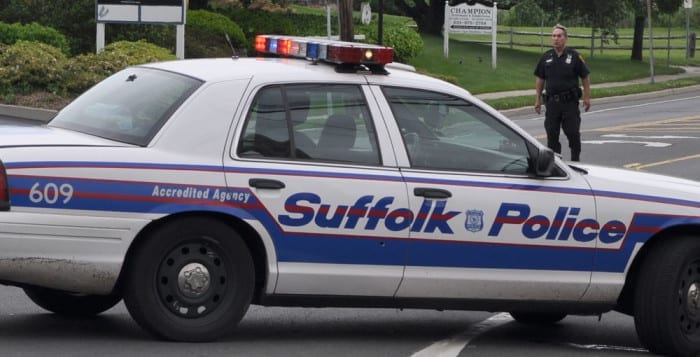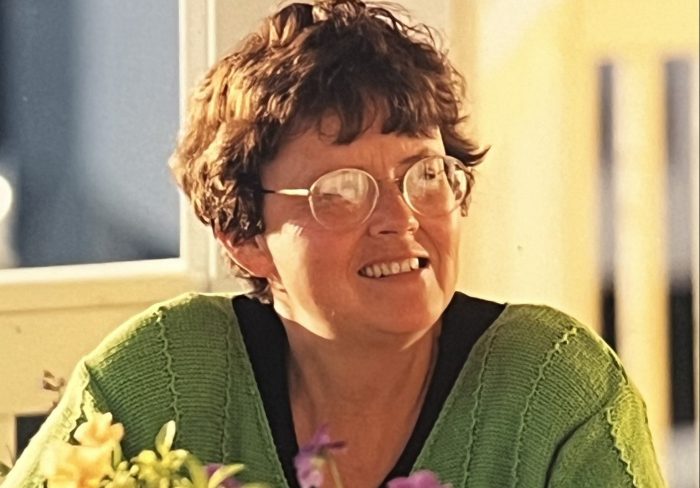By John Broven
The 2024 International Cricket Council Men’s T20 World Cup final, held June 29 in Barbados, featured India and South Africa. Both teams had starred locally June 3-12 in Eisenhower Park at a temporary modular facility, grandly named Nassau County International Cricket Stadium.
The site was chosen after NIMBY opposition ruled out first-choice Van Cortlandt Park in the Bronx. Credit should go to Nassau County Executive Bruce Blakeman (R) for spotting the opportunities for the local economy and tourism.
The eight games were blessed with almost perfect sunny cricket weather. There was a short rain delay for the key India vs. Pakistan game, which India won and effectively knocked out their intense rival from the tournament. Crowds swarmed to see their Indian and Pakistani heroes from back home. Every one of the 34,000 seats was sold within minutes of the ticket office opening, resulting in a scalpers paradise. The attendance was only slightly less for USA’s honorable defeat by ultimate tournament winners India on the concluding Wednesday. All told, more than 150,000 fans saw the Nassau stadium games.
Overlooked features of the competition included USA, a non-cricketing nation, making it to the Super Eight stage and war-torn Afghanistan progressing to the semifinals stage.
T20 cricket at Eisenhower Park
So, how was my experience of international cricket on Long Island? Quite simply, it was wonderful. It was a joy to see top-class cricket again after many years living over here. Even with the rapid-fire T20 format, with matches hardly lasting four hours, the serenity, charm and strategy of the game came shining through. Somehow the introduction of loud recorded music was only a minor distraction.
The batting, bowling and fielding were all spellbinding on what was acknowledged to be a “slow” wicket, where the ball didn’t come quickly onto the bat. As is often said in cricket terminology, the state of the wicket was the same for both teams.
With friend Richard Tapp, who traveled all the way from England for the tournament, I had tickets for the games on Friday, June 7 (Ireland vs. Canada) and the Saturday (South Africa vs. The Netherlands). Both matches swung back and forth, with Canada edging the first game and the Netherlands almost pulling off a shock defeat after South Africa had lost their top four batsmen cheaply.
Meet-and-greet at Westbury LIRR station
The pleasurable experience started as soon as we disembarked June 7 at Westbury station from Stony Brook. A kind gentleman on the platform led us to the shuttle bus area where we were greeted cheerily by LIRR and NICE bus officials. If there were any fears of being stuck in traffic to Eisenhower Park, they were soon dissipated when we realized that the main arteries, Post and Merrick avenues, were dedicated to bus traffic. A lady driver said that the journey would be 8 1/2 minutes — and so it was.
The spirit of the event was captured by bus passengers discussing their presence with others. There was an Indian national who failed to get tickets for the “big game,” but was attending because he wanted to experience live international cricket in the United States. He said he was a fast bowler from New Jersey and played in a cricket league on Long Island with matted pitches (as opposed to grass). A French lady, who lives now in Nassau, said she wanted to experience the occasion even though cricket is as foreign in France as it is in the United States.
After leaving the shuttle bus, we approached the ticket and check-in areas. There were nervous moments as tickets were available only electronically and then on the day of the match. Luckily, the combination of ICC’s ticketing agency and Apple’s iPhone did the job. We had taken the precaution to acquire see-through bags for check-in, but that didn’t save from the trashcan a tasty deli sandwich or a bug spray, which proved to be unnecessary anyway.
Impressive stadium
As we walked the perimeter of the vast modular stadium it was hard to believe that it had been constructed from nothing since January. This included the cricket outfield grown from Kentucky bluegrass in New Jersey and the pitches, which were prepared in Florida based on guidance from the famous Adelaide Oval in Australia.
We were handed big red placards marked “6” — the equivalent of a baseball homerun — and “4,” which were waved vigorously whenever a boundary was struck, adding to the party-like atmosphere.
Our seats in the East Grandstand were perfect for watching the games although there was quite a lot of stair climbing, which was quite hard on the elderly. There was no shortage of bar, food and soft drinks facilities with merch stalls, ice cream vans and, importantly, restrooms and first-aid.
The Friday crowd was on the small side at just over 5,000 people. Although cricket is not a major game in Ireland or Canada, I had expected a larger contingent of Irish and Canadians. Saturday was much fuller, thanks to many enthusiastic South African supporters regaled in green and gold. There were quite a few Netherlands fans, too, dressed in familiar bright orange. The visible security force quietly kept order throughout. Indeed, good humor pervaded at all times among the attendees reflecting the uniqueness of the event.
A touching moment before each game was the competitors’ two huge national flags being unfurled across half the ground by local schoolchildren dressed smartly in white.
There was a strong local connection with T20 USA venue development director, Don Lockerbie, being the son of Bruce Lockerbie, former dean of faculty at The Stony Brook School.
The future of U.S. cricket
Cricket is seemingly destined to be a minnow sport in the U.S., but there’s no doubt that the Long Island T20 series did the game proud — more so than the matches held in Dallas and a weather-hit Florida. As expected, the coverage by the national media was spotty, but credit to the New York Times, News12 and Newsday for their reporting. I think the New Yorker’s doubting headline “If you build it (a cricket stadium on Long Island) will they come?” was well-answered in the affirmative.
English-born John Broven, of East Setauket, is an award-winning American music history author and a copyeditor with TBR News Media. This article is a follow-up to “International cricket coming to Long Island” (Feb. 29).

























